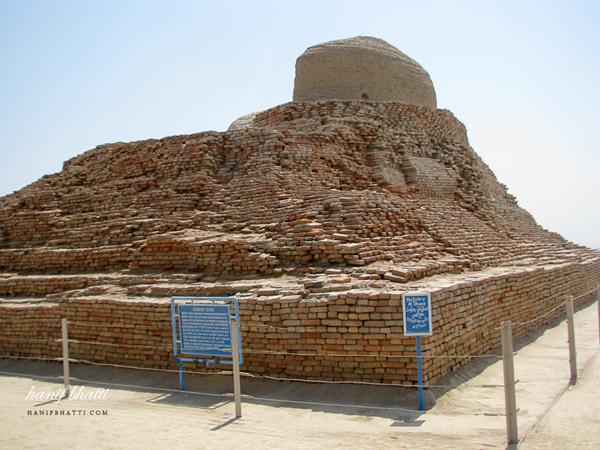Mohenjo-Daro, situated in the province of Sindh, Pakistan, was one of the largest city-settlements of the Indus Valley Civilization. Built around 2600 BC, it was one of the world's earliest major urban settlements, existing at the same time as the civilizations of ancient Egypt, Mesopotamia, and Crete. The archaeological ruins of the city are designated a UNESCO World Heritage Site.

Rediscovery and excavation
Mohenjo-daro was built around 2600 BC and abandoned around 1800 BC. The ruins of the city were discovered in 1922 by Rakhaldas Bandyopadhyay, an officer of the Archaeological Survey of India. He was led to the mound by a Buddhist monk, who believed it to be a stupa. In the 1930s, massive excavations were conducted under the leadership of John Marshall, K. N. Dikshit, Ernest Mackay, and others. John Marshall's car, which was used by the site directors, is now on display in the Mohenjo-daro museum. Further excavations were carried out in 1945 by Ahmad Hasan Dani and Mortimer Wheeler.
The last major excavations were conducted in 1964-65 by Dr. George F. Dales. After this date, excavations were banned due to weathering damage to the exposed structures, and the only projects allowed at the site since have been salvage excavations, surface surveys and conservation projects. However, in the 1980s, teams of German and Italian survey groups, led by Dr. Michael Jansen and Dr. Maurizio Tosi, used less invasive archeological techniques such as architectural documentation, surface surveys, surface scraping and probing to determine further clues about the ancient civilization.
Location
Mohenjo-daro is located 25 km southwest of Larkana in Sindh, Pakistan, on a Pleistocene ridge in the middle of the flood plain of the Indus River Valley. The ridge is now buried by the flooding of the plains, but was prominent during the time of the Indus Valley Civilization, alloweing the city to stand above the surrounding plain. The site occupies a central position between the Indus River valley on the west and the Ghaggar-Hakra river on the east. The Indus still flows to the east of the site, but the Ghaggar-Hakra riverbed is now dry.






